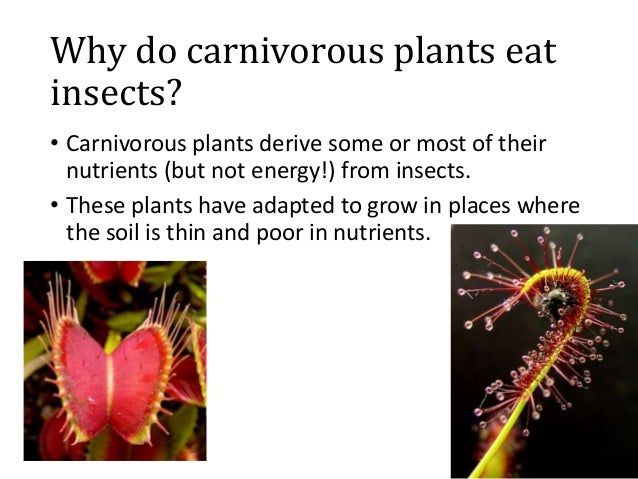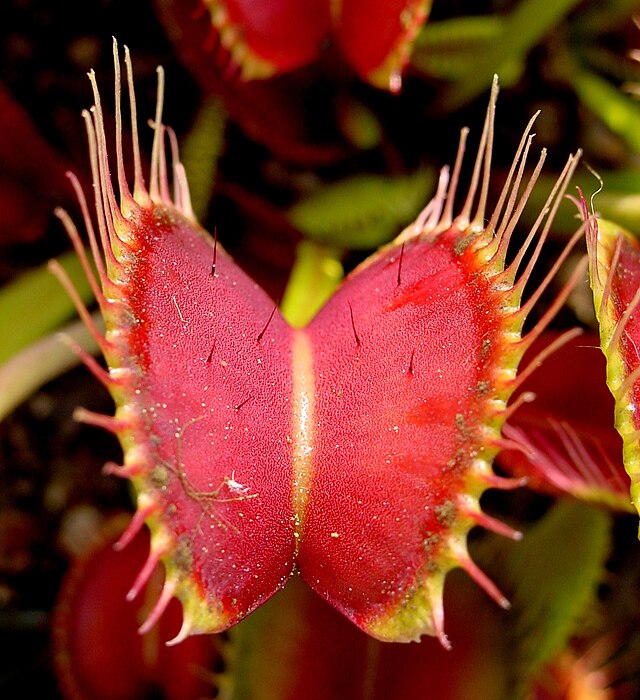Have you ever heard of a meat eating plant?? A bit scary?? No, not really. Most plants that eat meat dine on a diet primarily of insects. Others have a diet built of frogs and small mammals. As far as it is known no plants have been I.D'd as being able to dine on humans. Now, that is a relief.
Some plants will simply capture but not digest. The Catchfly flower will catch flies and other small insects with its sticky calyces and let them go but they will not eat or absorb the insect. Most likely the most popular carnivorous plant is the Venus Flytrap. Others may relate to the pitcher plant and bladderworts but not realize that there are hundreds of carnivorous plants in the world. These plants grow in both warm and cold climates and are native in their environments.
Nutrient poor soil is most likely the reason these plants turned carnivorous. An inability to get nutrition from soil like most plants do they adapted with the ability to capture prey such as insects. The prey helped to supplement the lack of nutrients in the soil. Planters and gardeners desiring to plant carnivorous plants will delight in the fact that they can be grown inside or out. Popular as houseplants the fun of these plants will delight the entire family.
Some of the most common Carnivorous plants are:
.
Catchfly flowers thrive in poor soils and are easy to grow. Native to both Europe and Africa and are perennial plants but most planters will grow them as annuals. Vivid colors of pink, magenta, red and white can be seen on this plant. Blooms will have no floral scent and the stems and leaves of this plant are covered with white hairs
The pitfall flower will trap prey using nectar bribes secreted by peristome and bright flower like patterning. Pitcher plants are covered in a loose coating of waxy flakes which are slippery for insects.
Steel Trap plants is a carnivorous plant that capture prey inside. These plants are active in capturing prey with positive movements. They rely on stickiness, hooks, pitfalls to capture the prey. The prey will insight the plant by making contact with sensory bristles.
Carnivorous plants that use a suction trap mechanism are often aquatic plants. The plant often has a large number of tiny microscopic, balloon like sacs. Plants often grow in water or in water logged soil. As prey approaches one of the sacs it is sucked into the trap and imprisoned. There are hundres of these plants often known as bladderworts.
Flypaper trap or adhesive trap carnivorous plants capture prey using their leaves. Leaves are covered with tiny hairs tipped with crystal clear drops of glue like substance known as mucilage. As insects land on the plants leave it is glued down. Plants such as sundews and butterworths capture their prey in this manner.





No comments:
Post a Comment
I love comments so if you have a minute leave me your thoughts on the above post